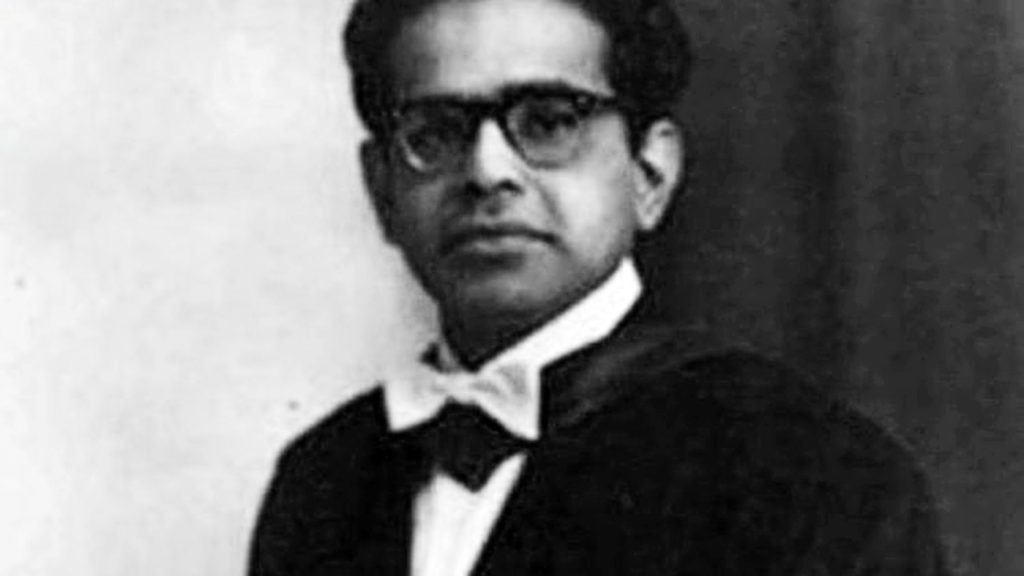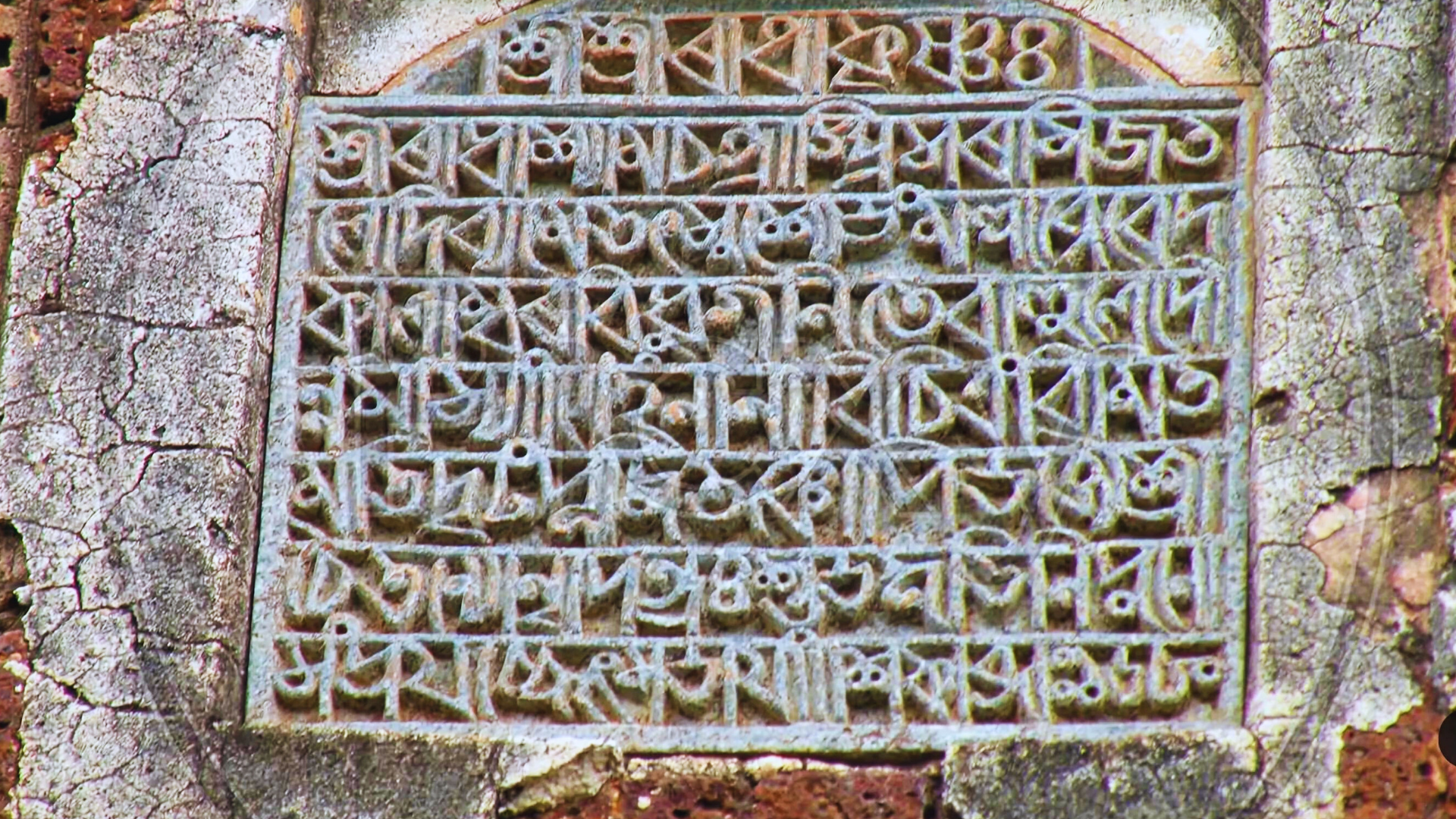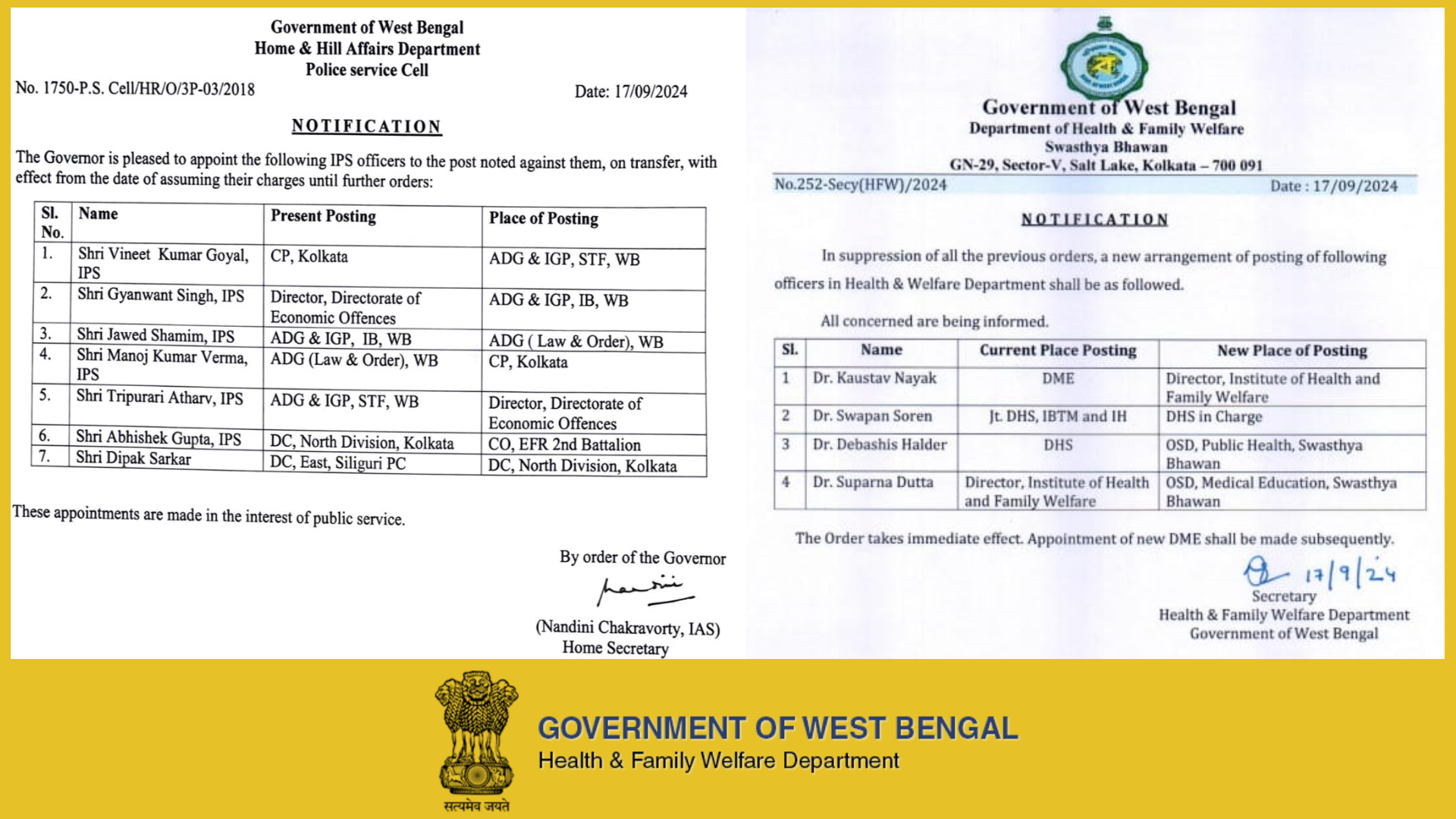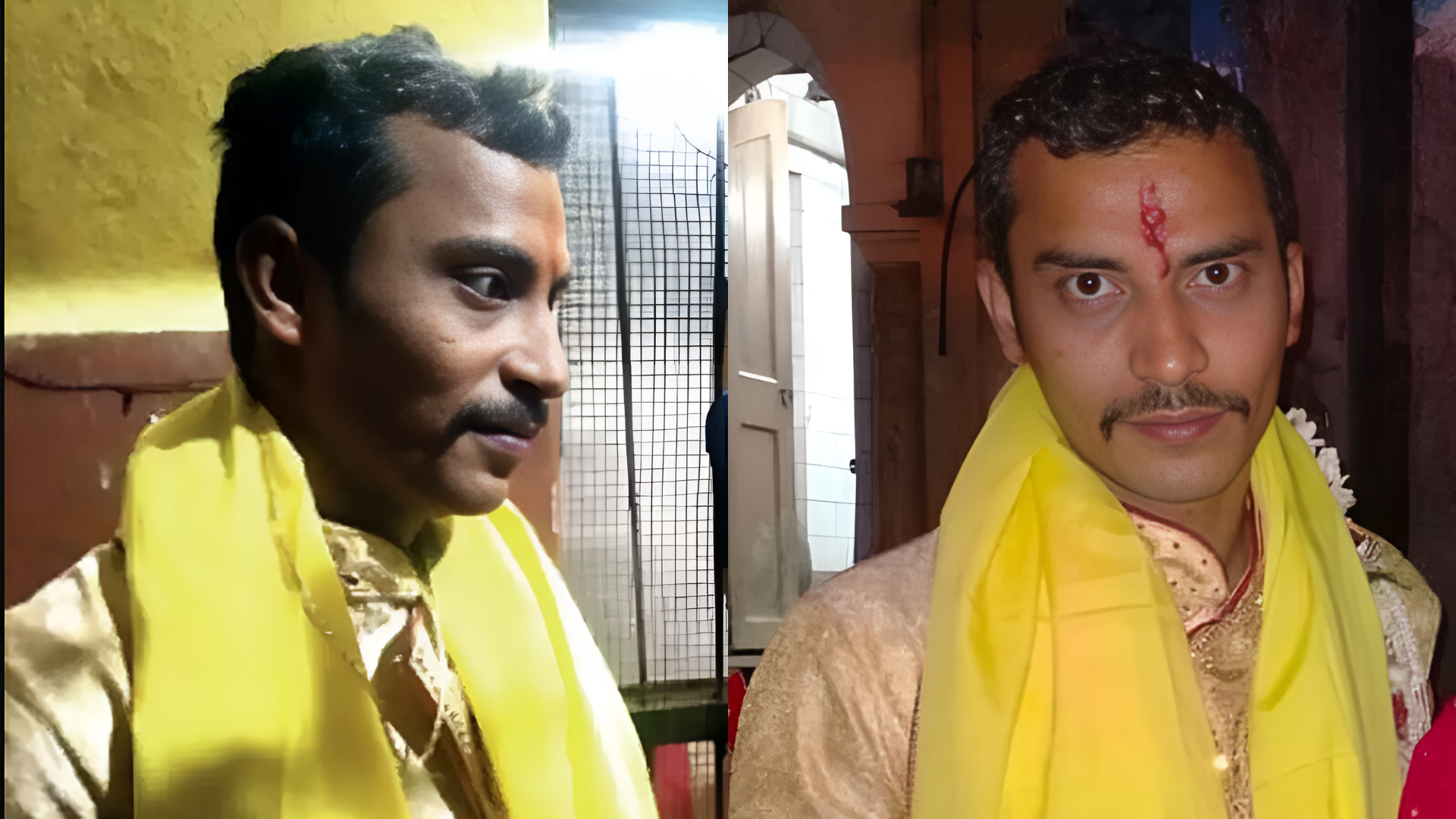World’s first two test tube babies to jointly lead effort for top honour for Dr Subhas Mukhopadhyay

This October will see the world’s first two test tube babies, Louise Brown from London and Kanupriya Agarwal (Durga) from Mumbai campaign together in India to demand posthumous recognition for the human in vitro fertilisation (IVF) therapy pioneer Dr Subhas Mukhopadhyay (Mukherjee).
Dr Subhas Mukhopadhyay was the person behind India’s first and the world’s second test tube baby. He was also the first person to use the frozen embryo transfer method to achieve in vitro fertilisation, and it is his method of combining in vitro fertilisation and cryopreservation of human embryos that is the currently preferred technique for medically assisted reproduction across the world.
The campaign for the scientist to be awarded either with a Bharat Ratna or a Padma Vibhushan, the country’s top two government recognitions, was, however, begun today in Kolkata jointly by the Birth Inspire Foundation, Indian Society for Assisted Reproduction (ISAR) and Academy of Clinical Embryologists (ACE), in the presence of intellectuals and the city’s who’s who.
As for the main event, it will take place from October 1-3, when, at an international conference of the ACE in Kolkata, the demand for Dr Mukhopadhyay to be rewarded with either of India’s top two honours will be reiterated in the presence of Brown, Agarwal and a host of international experts.
A demand will also be made for October 3, the day India’s first IVF baby (Durga) was born, to be declared National Fertility Day.
The efforts are being led by Dr Gautam Khastgir, the chairperson of Birth Inspire Foundation and honorary general secretary of the Bengal chapter of ISAR, who is also the organising chairperson of the international conference by the ACE.
Recognition for Dr Mukhopadhyay came in late, largely due to the efforts of TC Anand Kumar, creator of the first scientifically documented test tube baby in India (‘test tube baby’ is the colloquial term for a baby conceived as a result of IVF, though in reality, IVF is usually performed in Petri dishes). It was his series of papers, published from 1997 to 2002, that established Dr Mukhopadhyay as a pioneer.
In 2002, the Indian Council of Medical Research (ICMR) recognised Subhas Mukhopadhyay as India’s IVF pioneer, and it was only in 2003 that Durga made her first public appearance, when she spoke at a seminar arranged by TC Anand Kumar’s Hope Infertility Clinic with the help of ICMR and the Inter Academy Biomedical Science Forum in Bangalore, on the occasion of the silver jubilee of IVF.
Recently, the boys’ hostel of the Nil Ratan Sarkar Medical College and Hospital in Kolkata was named after him, and a decision was taken to instal his bust in the campus and preserve his room.
Louise Brown and Kanupriya Agarwal were born just 67 days apart in 1978 (July 25 and October 3, respectively). Kanupriya was christened Durga by Dr Mukhopadhyay in order to keep her identity a secret, IVF being a taboo topic in India at that time.
While Brown’s scientific father Robert C Edwards went on to win the Nobel Prize in Physiology or Medicine in 2010 for being a pioneer of the IVF technique, Durga’s scientific father Dr Subhas Mukhopadhyay’s achievements were made a mockery of at that time. He faced a humiliating government enquiry in December 1978. On June 19, 1981, his sense of extreme hurt and despair at not being given the deserved recognition got the better of him, leading him to commit suicide at his home in Kolkata.







